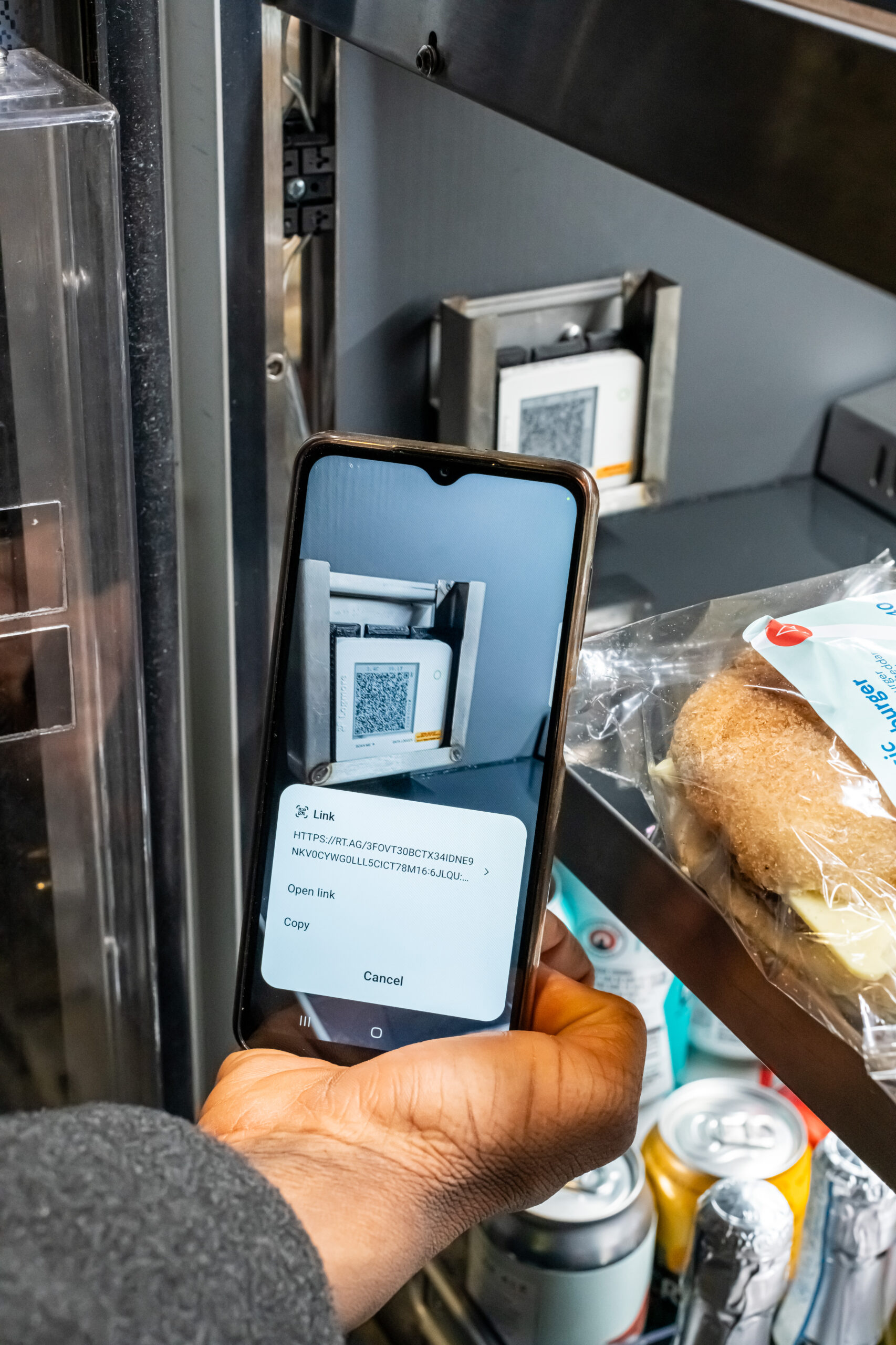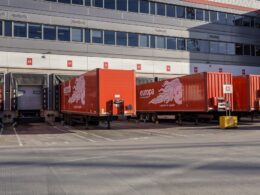Last year’s Manufacturing Advisory Service (MAS) Barometer revealed that over half of manufacturing SMEs planned to upgrade their IT/communications in the next 12 months. And certainly manufacturers seem happy to replace front office IT systems, embrace ‘click and collect’ enabling technology and invest in warehouse hardware like forklift computers and mobile print and scanning devices.
But when it comes to production area printers — and it’s the same in warehouse and logistics operations up and down the country — there’s huge resistance to change, of the magnitude seen persuading enterprises to migrate away from IBM legacy mainframes. We are one of the only companies left still supporting legacy warehouse printers; even some OEMs have moved on from supporting them!
On some sites we’re maintaining printers that are over 20 years old and what we’re seeing with operations guys is that they’re reluctant to upgrade in case they’re incompatible or something goes wrong and production is adversely affected. There’s almost an attitude of ‘it if ain’t broke, don’t fix it’.
And while we understand that downtime is definitely something you don’t want to risk in your supply chain you need to consider if by not investing in new machines you’re risking not moving forward operationally and more cost effectively.
The latest thermal and line-matrix printers have been designed to work in the most demanding of environments and offer some of the lowest total costs of ownership. If IT decision-makers are holding back from investing in them because they’re worried about compatibility issues with existing legacy applications then they need worry no more.
One of our business partners, Printronix, produces thermal and line-matrix devices for production environments that natively include connection to Intelligent Print Data Stream (IPDS) environments. This means that if your enterprise has IBM systems like Series, System X or AS/400 then you can connect your existing software applications using the IPDS language, natively and without an external box, ensuring perfect printing security on modern and supported hardware, without disturbing your existing setup.
The new generation of bar-code printers process faster, they’re more powerful, more flexible and more reliable than their forebears. We appreciate the fear and reluctance to change and it does underline how mission critical these warehouse workhorses are to the supply chain and how fundamental their role in operational resilience.
Thermal printers last, on average, eight years while line matrix devices often get used way beyond their 12 year expectancy. While reading the SAP’s Manufacturing Success* report I noticed that one of its conclusions was that new technologies are creating new opportunities but not without initial discomfort. And possibly ‘discomfort’ is the nub when it comes to migrating, or refreshing, new production area printers. They’ve become the IBM mainframes of the printer world, with operations personnel reluctant to stray too far away from the familiar.
But from a practical perspective, these machines won’t last forever and although we’re still maintaining them, the current field service model is fast becoming outdated and expensive. New technology products have been simplified so the need for more traditional, high-end engineering skills is fast diminishing. Most businesses don’t want high-end expertise to repair their printers, they just want the affected unit replaced in the fastest time so they can return to full productivity at the lowest cost.
And procuring new printers through managed print services contracts (MPS) can not only reduce costs — typically by 30% — but also minimise business interruption.
But the first step logistics providers and warehouse operators need to take is to see the opportunities represented by modern printers and recognise that ‘legacy’ needn’t hold them back.
Find out more about Printronix IPDS compatible printers at www.datatrade.co.uk
*Manufacturing Success report, SAP, August 2014












